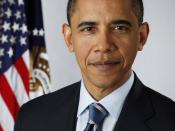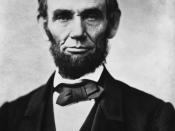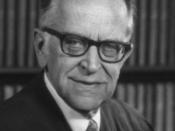Presidential power has evolved due to the interaction of the three branches of the US government. Our country is based on a system where no single part of the government has unlimited power. Popular sovereignty, limited government, separation of powers, and checks and balances are the constitutional principals involved in the presidency that often leads to changes of our government.
First, the three branches of the US Government are legislative, judicial, and executive. The legislative branch can pass a bill which goes to the executive branch for a signature of approval from the president. If he does not want or agree with it the president has the power to veto the bill. This limits the power of the congress and is one of the checks on congressional power of the United States. If the legislative branch still wants the law it must now pass it with two thirds vote in both the House of Representatives and the Senate.
This checks that the president can not stop a law that the legislative branch thinks would do good for the country. This checks and limits the power of the president. Another check is how the judicial branch can declare a law null and void if it deems to not stand up to the criteria in the Constitution of the United States. The judicial Branch demonstrates a check on the power of the laws passed by the congress and the president. To evaluate the power of the modern presidency it is important to understand that the president appoints the judges for the Supreme Court who serve life terms. Therefore, in reality, president increases his power if the judges he chooses agree with him in principle and on major political agendas. The legislative branch, however, has the power to disapprove a president's choice...


